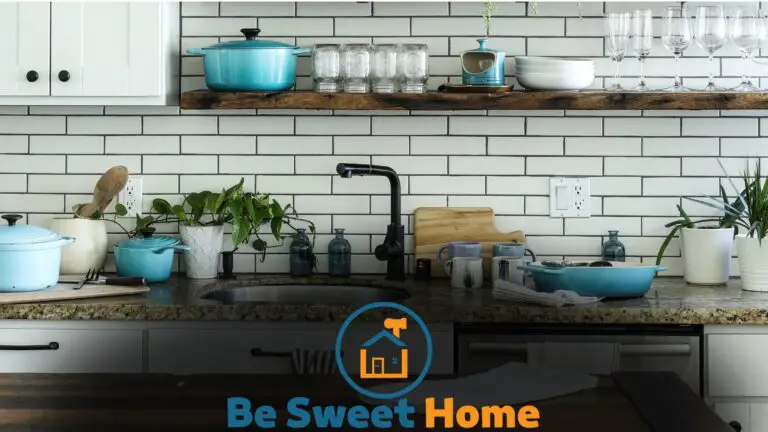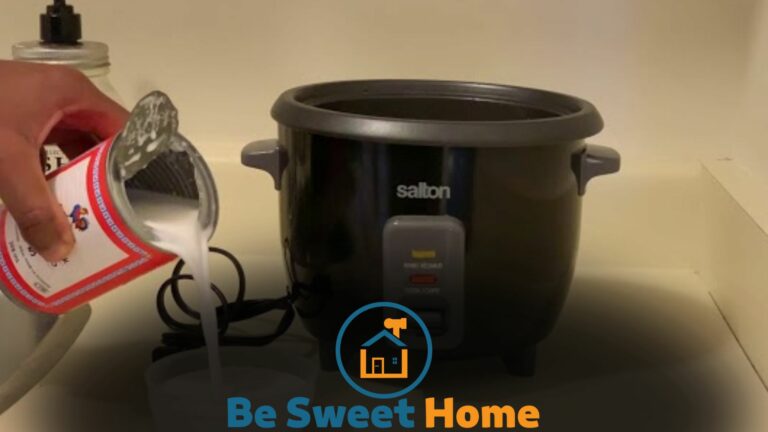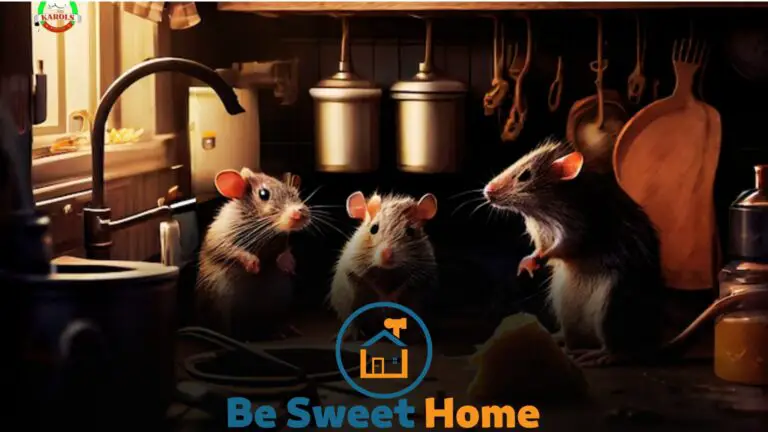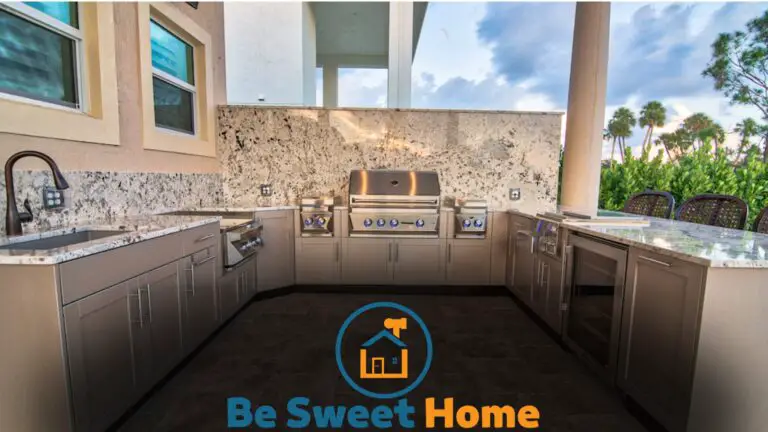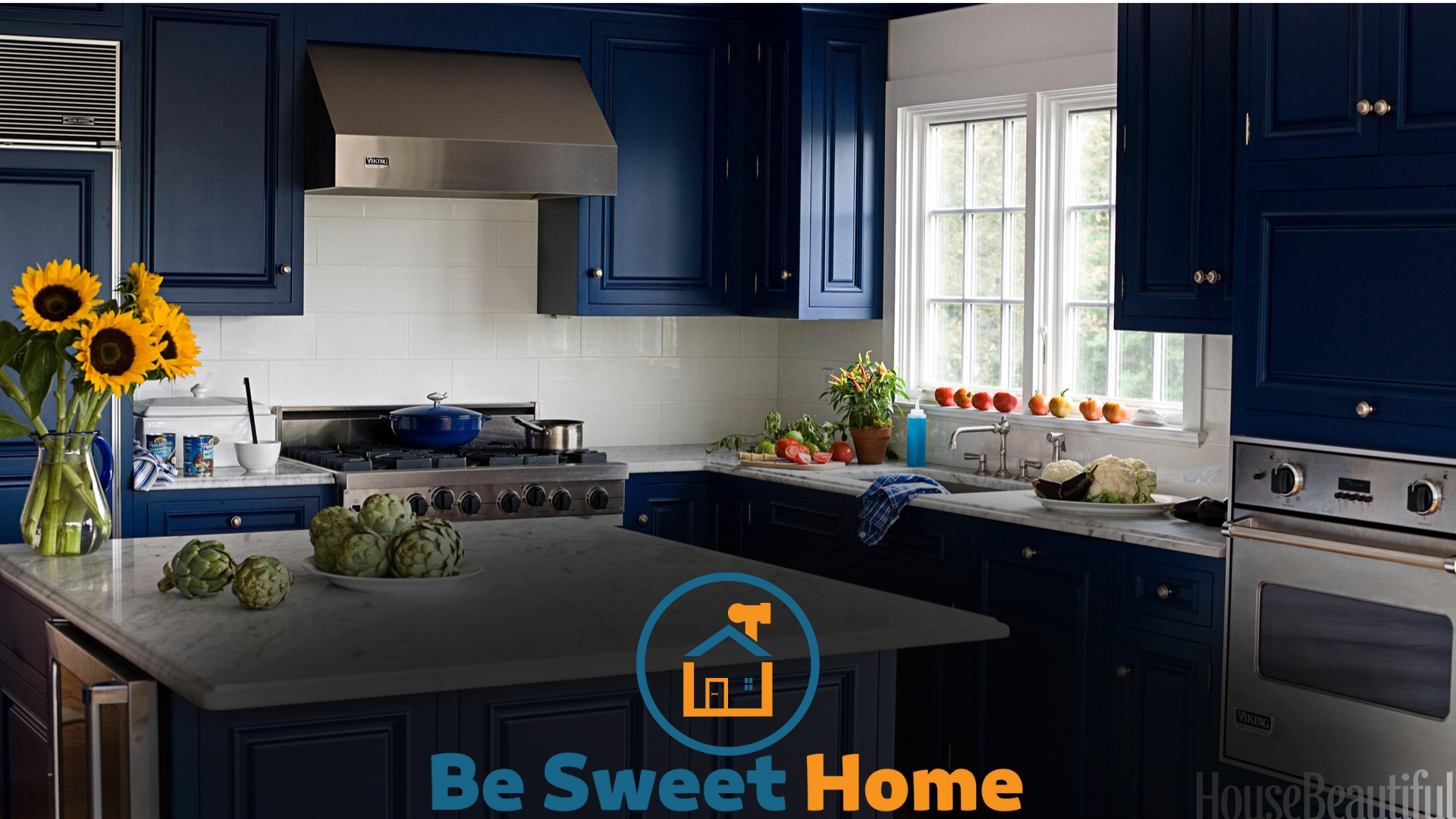

Selecting the right kitchen color involves considering the space size and the lighting. Make the decision based on how each hue complements your kitchen’s layout and design.
Choosing the perfect color for your kitchen is a critical design task that sets the tone for one of the most used rooms in your home. The right color can transform the space, making it welcoming, vibrant, calm, and soothing.
Begin by assessing the natural and artificial lighting, as it will influence how colors look at different times of the day. Factor in the size of the kitchen – light colors tend to make spaces feel larger, while darker hues offer a cozier feel but may shrink the perception of the room’s size.
Consider the color of the cabinets, countertops, and appliances, aiming for a harmonious palette that reflects your personal style. Emphasize accent colors that can be adjusted with changing trends, ensuring your kitchen remains stylish.
With these guidelines, you’ll create an inviting kitchen environment that reflects your unique taste.
Importance of Picking the Right Kitchen Color
Choosing the perfect kitchen color is no small task. It sets the tone for the heart of your home. The right color can transform the space, making it feel welcoming and lively.
Let’s explore its impact, considering how color influences mood and appetite and its potential effect on your home’s resale value.
Influence on Mood and Appetite
Colors in the kitchen do more than look pretty; they profoundly impact how we feel. Warm hues like red and yellow stimulate appetite, while cool colors like blue might suppress it.
So, selecting a shade that encourages a happy, comfortable environment is key.
- Red: Energizes the room; may boost hunger levels.
- Yellow: Invites a sunny, uplifting feeling.
- Green: Offers a refreshing touch; promotes balance.
- Blue: Rare for appetite; often calming, but may deter eating.
Effect on Resale Value
Colors not only paint our daily experiences but also influence the future prospects of your home. Neutral tones like whites, grays, and beiges appeal to most buyers, potentially lifting your home’s resale value. Below is a quick rundown on color choices:
| Color | Effect on Resale Value |
|---|---|
| White | Safe choice; broad appeal. |
| Gray | Sleek, modern look; widely liked. |
| Beige | Warm neutral; versatile for staging. |
| Bright Colors | Risky; might turn buyers off. |
Select smartly – a fashionable kitchen can be a deal-maker.
Analyzing the Color Wheel
Choosing the perfect color for your kitchen is vital to creating a warm and inviting space. The color wheel is a useful tool to help make that choice easier.
It shows how colors blend together and what matches well. Let’s analyze the color wheel to find the best hue for your kitchen.
Primary Colors
Primary colors are the building blocks for other colors on the wheel. These are red, blue, and yellow. They are standout colors that can create a bold kitchen look.
Secondary Colors
Mixing two primary colors gives us secondary colors: orange, green, and purple. These colors can bring a balanced energy to your kitchen.
Tertiary Colors
When you mix a primary with a secondary, tertiary colors emerge. They include hues like yellow-orange and red-violet. Tertiary colors are great for subtle accents in the kitchen.
Complementary Color Schemes
Complementary colors are directly opposite each other on the color wheel. Think blue and orange or red and green. Using these in your kitchen can create a vibrant yet harmonious look.
Keep these color wheel fundamentals in mind when choosing your kitchen color scheme. Remember, the best choice reflects your personal style and the atmosphere you want to create.
Considering Kitchen Size and Lighting
Choosing the right kitchen color ties directly to the size of your space and the lighting within. The perfect shade can create the illusion of space or provide a cozy ambiance.
Natural and artificial lighting is crucial in how these colors perform throughout the day. Take these elements into account for a kitchen that wows.
Colors for Spacious vs. Cozy Kitchens
To enhance a large kitchen, use light and breezy tones that reflect natural light and unite the space. Consider deeper, warmer colors for smaller kitchens to make the room inviting.
- Large Kitchens – Opt for whites, soft grays, or pastel hues for a clean, expansive feel.
- Small Kitchens – Rich reds, earthy greens, or sunny yellows can cozy the space.
Adjusting Colors for Natural and Artificial Light
A kitchen’s lighting can change the appearance of its colors. Select hues that adapt well to both natural and artificial light sources.
| Type of Light | Color Adjustments |
|---|---|
| Natural Light | Use cooler shades in sunny kitchens to balance the warmth of the sunlight. |
| Artificial Light | Integrate warmer tones if your kitchen relies heavily on lamps or overhead lights. |
Coordinating With Cabinets and Countertops
Coordinating with Cabinets and Countertops is pivotal in achieving a cohesive kitchen design. The proper color harmony can enhance the overall appeal and create a welcoming atmosphere.
Balancing hues between cabinetry, countertops, and walls ensures a kitchen where every element complements the other seamlessly.
Matching Wall Colors To Cabinetry
To harmonize wall colors with cabinetry, consider the tone of the wood or finish. Light cabinets could benefit from cool wall colors, like soft blues or greens, to create a fresh feel.
Dark wood cabinets may pair well with warm neutrals such as beige or light gray, delivering an elegant look. For a bold statement, contrast is key. Pair light cabinets with darker walls or vice versa for a striking design.
Finding Harmony With Countertops and Backsplashes
Countertops and backsplashes are visual focal points in a kitchen. To achieve harmony, assess the material and color of your countertops.
Natural stone like granite brings unique color variations—select a backsplash with subtle hues from the countertop to tie the elements together.
Use complementary colors for vibrant energy or analogous colors for a serene ambiance. Consider the following combinations:
- Quartz countertops: Opt for monochromatic backsplashes for a modern look.
- Laminate surfaces: Choose ceramic tiles with similar patterns to unify the space.
- Marble panels: Select glass tiles to reflect the elegance of marble.
Current Trends in Kitchen Colors
The heart of the home deserves a splash of personality, and the latest trends in kitchen colors offer just that. Breathe new life into this central space with a palette that speaks to your style and the year’s leading aesthetics.
Let’s dive into the colors transforming today’s kitchens.
Popular Color Palettes
Choosing the perfect shade for your kitchen starts with understanding the popular color palettes dominating design magazines and Pinterest boards.
- Cool Blues: A hit for their calming effect.
- Soothing Greens: Bringing the outdoors in.
- Warm Neutrals: Timeless and versatile.
- Bold Blacks: For a modern edge.
- Vibrant Yellows: Add cheer and brightness.
Emerging Trends in Kitchen Designs
Kitchen designs evolve, and so do the color trends they inspire.
| Trend | Color Influence |
|---|---|
| Matte Finishes | Soft, muted colors |
| High-Contrast | Dark hues against light |
| Natural Elements | Earthy tones, wood accents |
| Color Pops | Bright, statement pieces |
| Monochromatic | Single-color depth |
Personal taste meets functionality in these emerging design patterns. As homeowners favor unique expressions, kitchens absorb fresh character and charm.
Testing and Implementing Your Color Scheme
Choosing the right kitchen color can transform your space. Testing and implementing your color scheme is critical.
This stage ensures that your chosen hues work harmoniously in your kitchen. A well-executed color scheme elevates the heart of your home.
Creating a Color Mockup
Start with a color mockup. It’s a visual plan of your kitchen’s new palette.
Here’s how:
- Collect paint swatches from a home improvement store.
- Use online tools to upload a kitchen photo and apply your chosen colors.
- Create a mood board with fabric, paint, and material samples.
View your mockup at different times of day. The natural light in your kitchen can change how colors appear.
Execution Tips for Painting Your Kitchen
Let’s turn that color scheme into reality. Use these steps:
- Prepare your space by cleaning walls and removing hardware.
- Apply primer if you’re making a significant color change.
- Use high-quality brushes or rollers for even coverage.
- Start with edges and corners, then move to larger areas.
- Allow the paint to dry completely before a second coat if needed.
Pro tip: Consider a semi-gloss finish. It’s durable and easy to clean, perfect for kitchens.
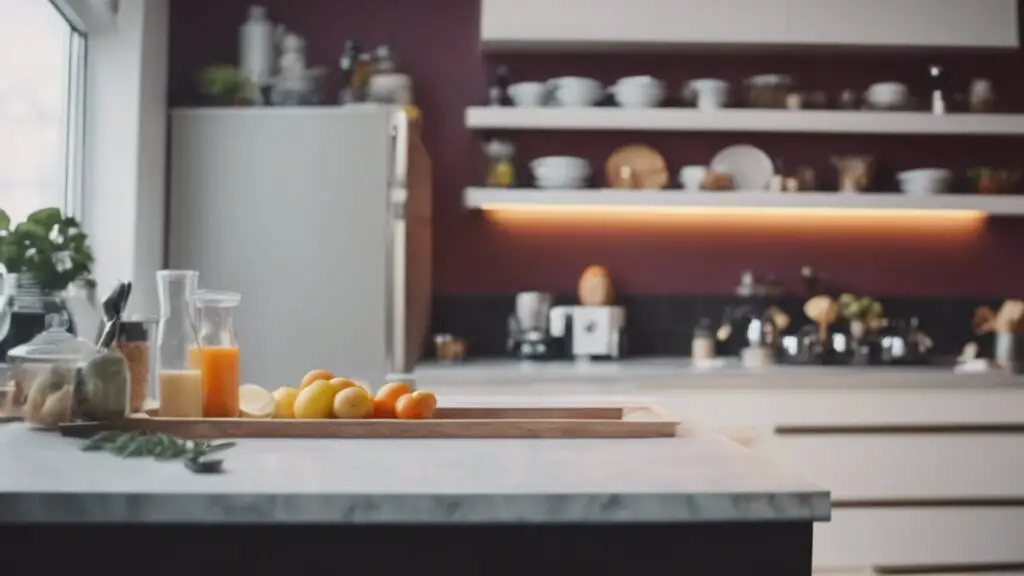
Frequently Asked Questions
What Factors Influence Kitchen Color Choice?
Selecting a kitchen color depends on personal style, light exposure, kitchen size, and existing decor themes for a cohesive look.
How Do Color Schemes Affect Kitchen Mood?
Color schemes can set the mood; warm hues create a welcoming space, while cool tones may evoke calmness and a minimalist aesthetic.
What Are Trending Kitchen Colors for This Year?
Earthy tones, such as shades of green and blue, and classic neutrals, like gray, have gained popularity in kitchens in the current year.
How Can Color Enhance Small Kitchen Spaces?
Lighter colors can make small kitchens feel larger and brighter, while a pop of color on an accent wall or cabinets adds depth.
Is Dark Kitchen Color a Good Option?
Dark kitchen colors work well in well-lit, spacious areas or as accents, balancing the room without making it feel confined.
Conclusion
Selecting the perfect kitchen color sets the mood for your culinary space. Remember, it’s a blend of personal taste and design wisdom. Embrace your style, consider your kitchen’s elements, and let your creativity shine.
The right hue transforms your kitchen into a heartwarming haven for cooking, dining, and making memories.

